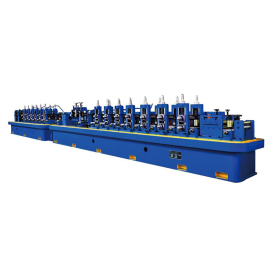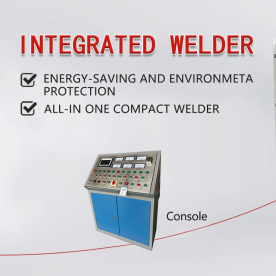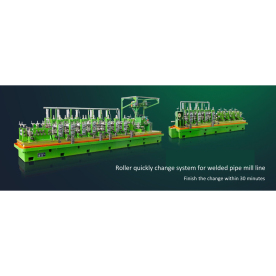[High frequency welder]Understanding the High Frequency Welder: Advantages, Applications, and Future Innovations in Welding Technology
News 2025-1-10
In the expansive world of welding, one technology that has gained significant traction in various industries is the high frequency welder. This specialized welding machine utilizes high-frequency electromagnetic fields to bond materials, particularly in the realm of thermoplastics and metals. As industries continue to advance, understanding the principles and applications of high frequency welding will not only enhance production efficiency but also foster innovations that could revolutionize manufacturing processes. In this article, we will explore the key advantages of high frequency welders, their diverse applications, and the future trends shaping this dynamic technology.
What is a High Frequency Welder?

Understanding the High Frequency Welder: Advantages, Applications, and Future Innovations in Welding Technology
Advantages of High Frequency Welders

Understanding the High Frequency Welder: Advantages, Applications, and Future Innovations in Welding Technology
Another notable advantage is the versatility that high frequency welding offers. It can be applied to a variety of materials, including plastics, rubber, and even metals. This versatility is instrumental in fields such as automotive manufacturing, where different materials are often used in conjunction. As a result, a high frequency welder can serve multiple purposes in a single setting, reducing the need for various specialized tools.
Moreover, high frequency welders tend to produce strong and consistent welds. The precision of the electromagnetic waves ensures that the heat is applied uniformly, reducing the chances of weak spots that could compromise the integrity of the weld. This is particularly essential in applications where safety is paramount, such as in the construction of medical devices or engineering components.

Understanding the High Frequency Welder: Advantages, Applications, and Future Innovations in Welding Technology
The high frequency welder finds applications in a multitude of industries, showcasing its versatility and effectiveness. In the textile industry, for example, HF welding is often used to create strong seams on synthetic fabrics and materials. This method allows for water-resistant and durable coatings, which are crucial in products like outdoor gear and tarps.
In the automotive sector, high frequency welding is utilized to bond plastic parts and create seamless interiors. The lightweight and consistent bonds enhance vehicle performance and aesthetics, contributing to both efficiency in manufacturing and satisfaction among consumers.
Another significant application is in the field of packaging. High frequency welders are heavily relied upon for creating airtight seals in plastic packaging. This plays a vital role in food preservation, ensuring that products remain uncontaminated and fresh for longer periods. Additionally, pharmaceutical packaging often uses HF welding to maintain the integrity of sensitive substances.
Future Innovations in High Frequency Welding
As technology continues to evolve, so does the potential for innovations within the high frequency welding sector. The integration of artificial intelligence (AI) and machine learning stands to enhance the precision and efficiency of welders. By analyzing variables in real-time, smart welding machines can adapt to conditions and optimize outcomes without human intervention.
Furthermore, the push for sustainability in manufacturing is leading to the development of eco-friendly welding systems. These innovations focus on reducing energy consumption during the welding process and minimizing waste by ensuring more efficient material usage.
Conclusion
High frequency welders represent a vital component of modern manufacturing processes, offering speed, versatility, and reliability across various industries. As employees and companies continue to seek ways to enhance productivity and maintain quality, the importance of understanding and adopting high frequency welding technology cannot be understated. By staying ahead of emerging trends and innovations, manufacturers can ensure they leverage the full potential of this powerful welding solution, paving the way for a more efficient and sustainable future.
